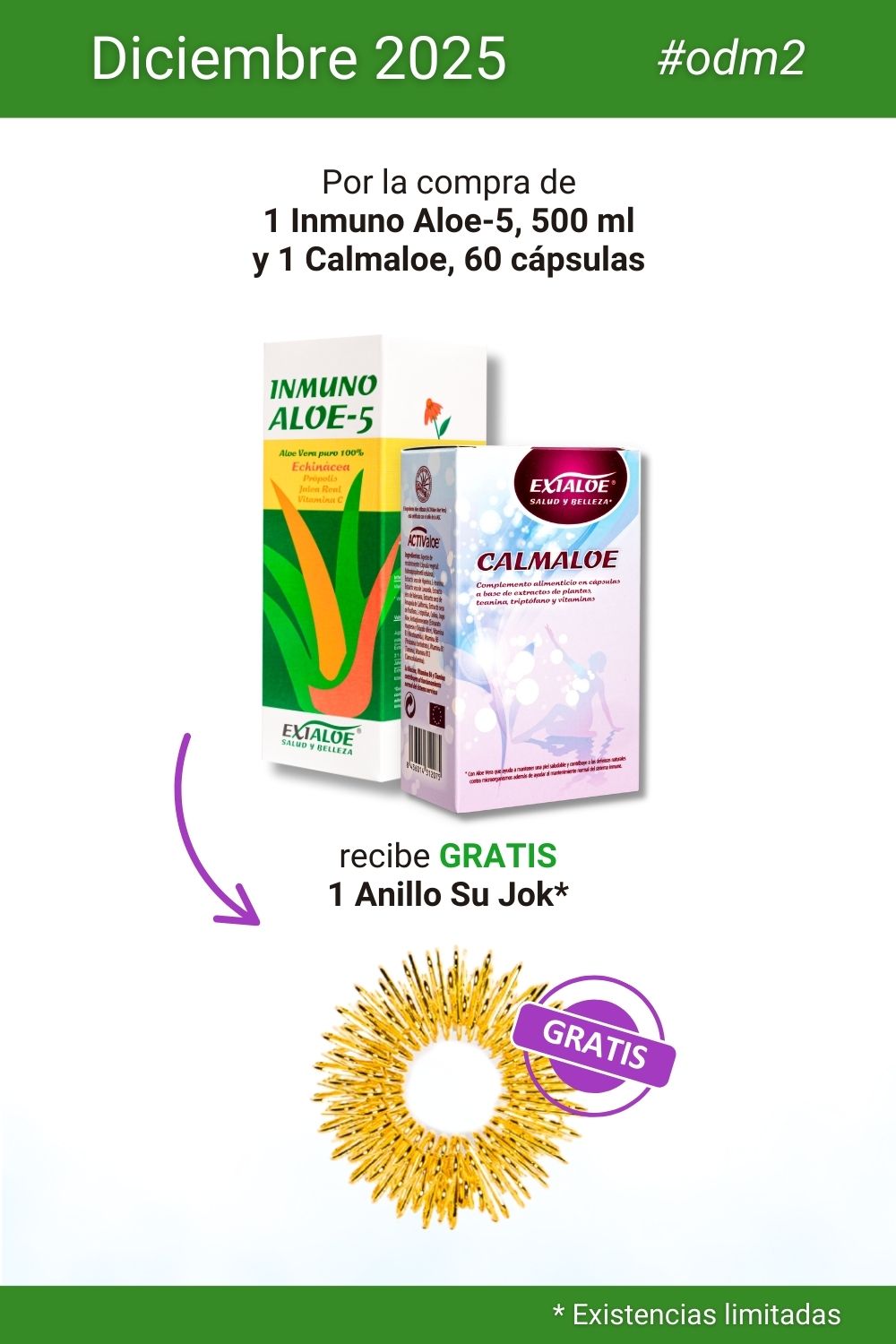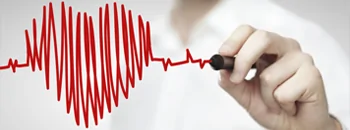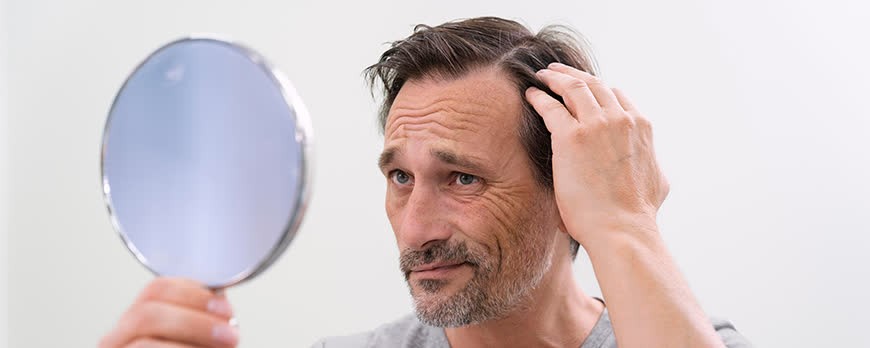
Alopecia: types and causes, is there hope?
Excessive hair loss affects a large part of the world's population, with Spain, Italy, and France being the most affected countries. In Spain, 44.5% of men suffer from some type of baldness, while in women, hair loss increases after menopause, affecting 75% of women over 65. In both cases, the main culprit is the 5-alpha-reductase enzyme, which, although it performs important functions in the body, excessive increase in its activity causes greater production of DHT (dihydrotestosterone), a compound that weakens hair follicles and shortens their life.
For many, the feeling is that alopecia is something irreversible, but is there hope? To find the answer, let's analyze how our hair grows, the causes and different types of alopecia that exist and how we can address them.
The hair cycle and its structure
To better understand alopecia, it's good to understand how our hair is born, grows, and develops. Let's see how this process occurs and where it "fails" causing alopecia.
Hairs grow from hair follicles; in an adult's body there are about 5 million, of which 80,000 – 150,000 are on the head. Hair follicles are small sacs in the skin that provide nutrients and oxygen so it grows healthy and strong; the good condition of the hair follicles is key to hair growth.
The hair follicle is made up of many parts that act in perfect harmony to make our hair grow, to simplify, we'll mention 3:
• The bulb: It's the deepest part of the follicle, where cell division occurs that gives rise to the hair.
• Follicular canal: The cavity in which the hair grows and from which it grows outward.
• The dermal papilla: Wraps the bulb and follicular canal, responsible for providing the hair with the nutrients necessary for its development.
And how is each of our hairs formed? It divides into 2 main parts:
• The cuticle: A protective layer that envelops the hair to protect it from external factors.
• The cortex: Inner part of the hair, responsible for its strength, elasticity, and pigmentation.
Each of our hairs has a life cycle divided into 3 phases:
• Anagen phase: Where the hair is born and grows, lasts from 2 to 6 years.
• Catagen phase: The hair finishes growing and separates from the dermal papilla, lasts about 3 weeks.
• Telogen phase: Hair that can be considered dead, waiting to finish detaching, lasts from 2 to 3 months.
Now that we understand how hair is formed, which part most influences its health? It's the hair follicle, as we've seen, it's responsible for forming, holding, and nourishing the hair. Alopecia is directly linked to the health of the hair follicle. Now let's look at the different types of alopecia and their causes.
Types of alopecia: which ones can be reversed?
Alopecia is divided into 2 groups: Non-scarring (reversible) and scarring (irreversible). What marks the difference?
Non-scarring alopecias
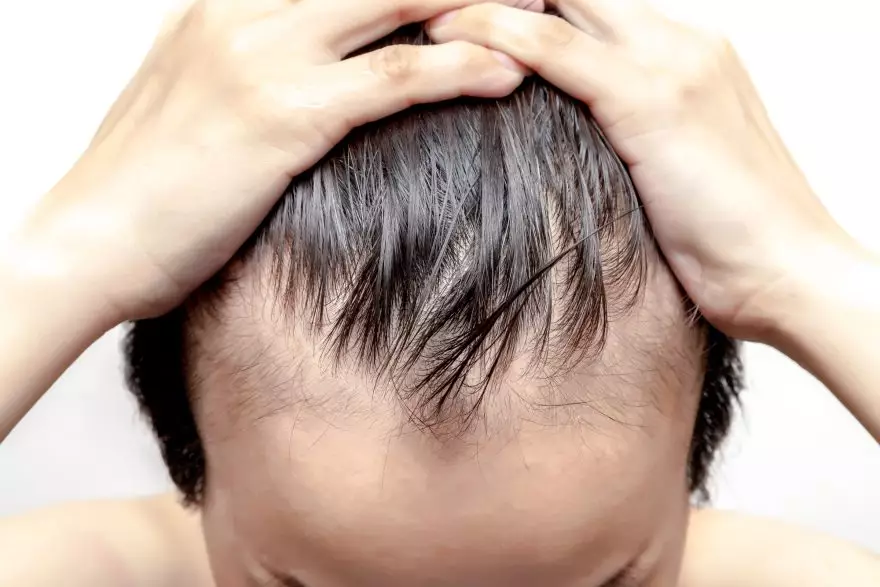
Androgenic alopecia
Reversible alopecias mainly affect the hair's life cycle without destroying the hair follicles. Among these we find:
• Androgenic alopecia: It's the most common, accounting for over 90% of cases. In men it produces central alopecia with receding hairlines and in women diffuse alopecia without receding. In this alopecia, genetics, hormones, and age play a role.
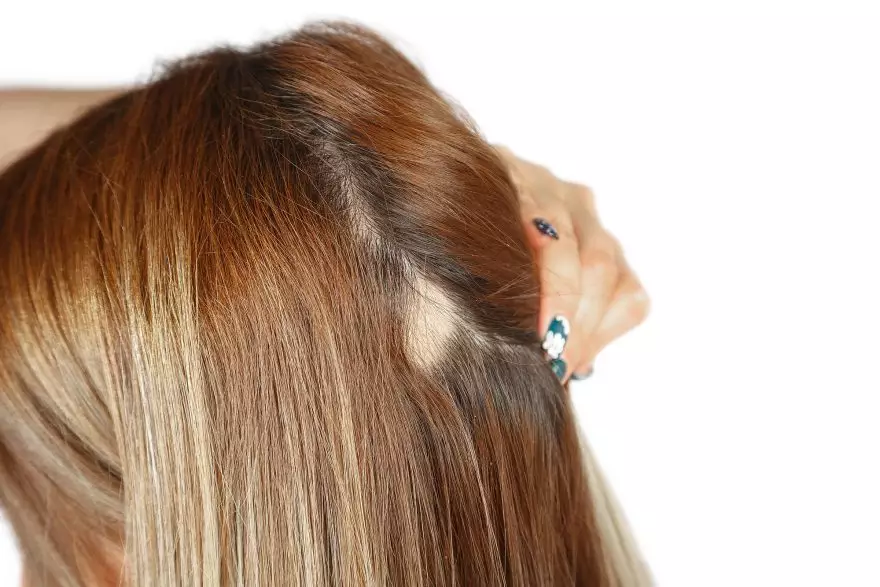
Alopecia areata
• Areatas: Caused by failures where the immune system attacks the hair follicles.
• Traumatic: Caused by traction (hairstyles or nervous tics), pressure, or trichotillomania.
• Diffuse: Caused by a triggering factor like medications, nutrient deficiency, or an endocrine problem. It appears 2-4 months after the triggering factor, randomly, progressively, and generalized.
• Telogen effluvium: Similar to diffuse, occurs after a stressful event (childbirth, illness, weight loss…).
In all non-scarring alopecias, the speed and success of recovery depends on how long the person has been losing hair.
Scarring alopecias
These are irreversible alopecias, caused by damage to the hair follicle that prevents hair from growing back. Among these we find:
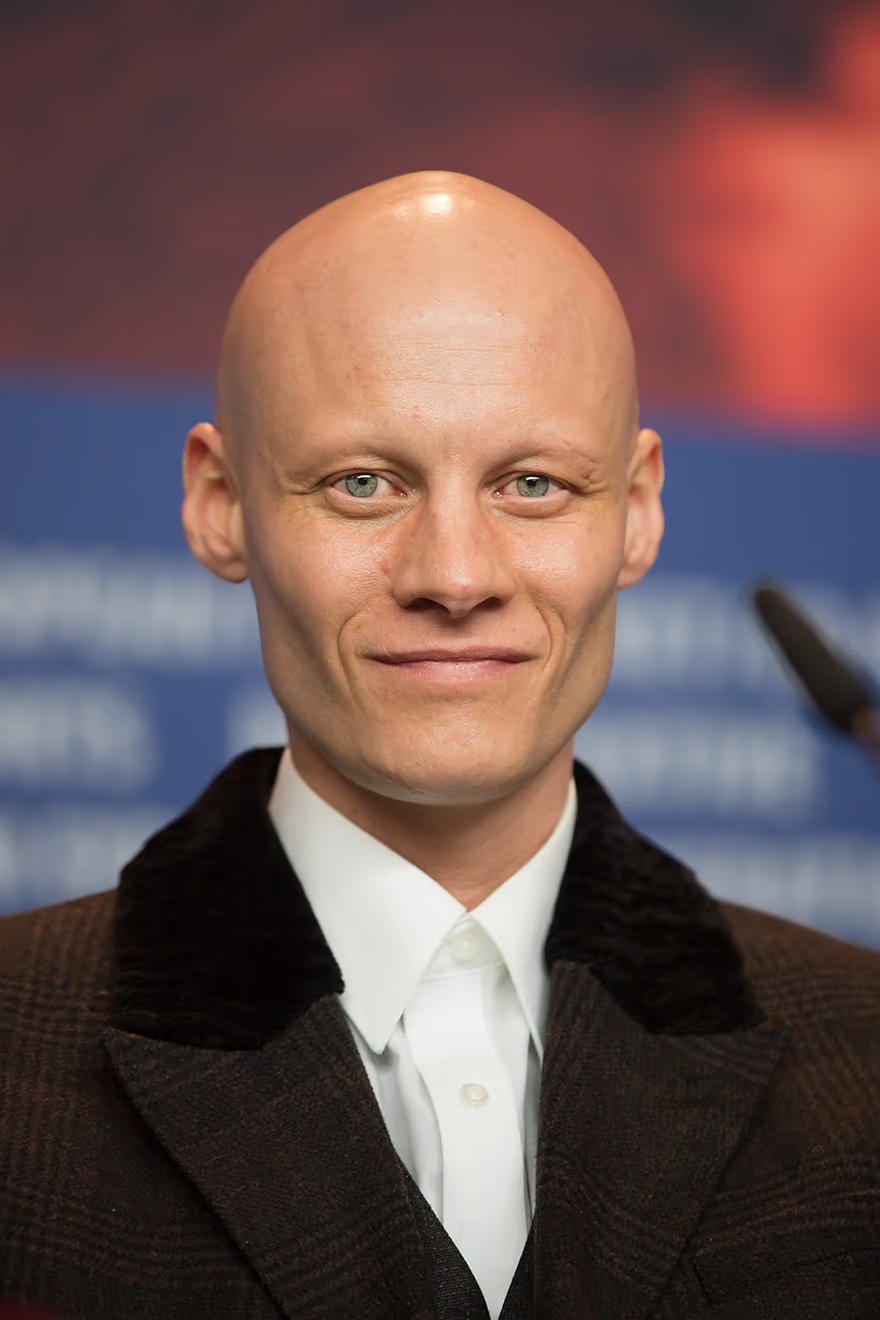
Universal alopecia
• Frontal or fibrosing: Affects the frontal part of the head and progresses toward the back. It's mainly seen in women and may be related to menopause or the immune system.
• Scarring: Caused by scars that destroy the hair follicle. It can originate from genetic factors, infections, trauma, burns...
• Universal: Similar to areata, the immune system directly attacks the hair follicle and eliminates it completely.
Treatments for these alopecias focus on slowing their progress since lost hair cannot be recovered. Now that we know the different types of alopecia that exist, let's see how they can be treated.
Is it possible to reverse alopecia?
As we've seen, alopecias are divided into 2 main groups: scarring, these are not reversible and comprise between 5 and 10% of cases. And non-scarring, these are reversible and encompass between 90 and 95% of cases.
The main ways to treat non-scarring alopecias (reversible) are:
Medications: Many people opt for medications that try to prolong the anagen phase (where hair grows) or inhibit the 5-alpha-reductase enzyme to reduce DHT levels. However, they usually cause side effects and must be prescribed and supervised by a doctor.
Low-frequency therapies: Low-intensity lasers are used to stimulate the follicle and improve circulation. It has a positive effect on some types of alopecia.
Natural therapies and nutrition: Consist of providing our body with all the nutrients it needs to produce stronger and healthier hair. They help stop its fall and the formation, over time, of new hair.
At Exialoe we develop products to strengthen our body so it can function optimally. To help people improve their quality of life, we have created several products to help combat alopecia and hair loss:
Sansón Anti-Hair Loss: The star of the dance floor. It's a dietary supplement that offers a comprehensive action in the 5 main areas:
1. DHT reduction: Blocks the 5-alpha-reductase enzyme, which converts testosterone into the hormone DHT. This is achieved thanks to the E.S. of Sabal, Green Tea, Zinc, Turmeric, Polygonum cuspidatum, and Selenium found in its formula.
2. Increase in keratin production: This protein envelops the hairs forming the cuticle and protects them from external factors. This is achieved by including in the formula L-Cysteine, Biotin, Vitamin B6, Zinc, MSM (Methylsulfonylmethane), Copper, Magnesium, and L-Methionine.
3. Increase in collagen production: This protein is part of the internal structure of the hair, shaping the cortex. Thanks to this protein, the hair becomes more voluminous and resistant. This is achieved by containing Vitamin C, Zinc, Copper, MSM, and Selenium.
4. Improvement in microcirculation: Promotes microcirculation, helping hair follicles receive all the nutrients needed to form, grow, and regenerate hair. This effect is achieved by ingredients like Green Tea, Resveratrol, Turmeric, Polygonum cuspidatum, and Iron.
5. Improvement in bioavailability: Increasing bioavailability enhances the effects of the other ingredients and their effects. This product increases its bioavailability thanks to the contribution of Aloe vera and Black pepper in its formula.
The Sansón Anti-Hair Loss plays in a different league when comparing its formula, which includes 27 key ingredients, with others on the market that usually don't exceed 12 or 15.
Anti-Hair Loss Lotion: An innovative product that revitalizes your hair from the root, combating hair loss, promoting healthy growth, and strengthening damaged hair fiber. Some of its active principles are:
The Aesculus hippocastanum, rich in aescin and Vitamin P, promotes hair resistance and blood microcirculation.
With Collagen to strengthen hair from within and Keratin to protect it from external factors.
The Cinchona, known for its revitalizing properties, contributes as a potent stimulant of scalp blood circulation, promoting greater supply of nutrients and oxygen to hair follicles. This helps stop hair loss and enhance growth. Its active compounds help strengthen hair fiber, achieving more resistant and healthy hair from the root.
Combats dandruff and hair loss by controlling excess oil thanks to Thyme and Green Clay in its formula.
Key factor: consistency
If you're following a treatment, we recommend taking a photo at the start and then one every 2 or 3 months. Since we look in the mirror every day, we may not feel much progress, but by looking at the before and after photos, we'll clearly see the change.
Any of the existing treatments for alopecia require consistency. The results of these treatments may take an average of 3 to 6 months to be seen. This time is necessary for the hair follicles to strengthen and recover all their functionality; during this process, it's essential to be consistent to see the desired results.
Featured articles
Successfully Overcome Seasonal Allergies
Do you suffer from seasonal allergies or know someone who does? In Spain, 1 in 4 people are affected, but this year...Read More
4 Habits to Care for Your Hair the Way It Deserves
In this article, we'll explore 4 simple habits to give your hair the care it deserves. By following these tips,...Read More
Vacaciones Exialoe 2025 - Galicia


